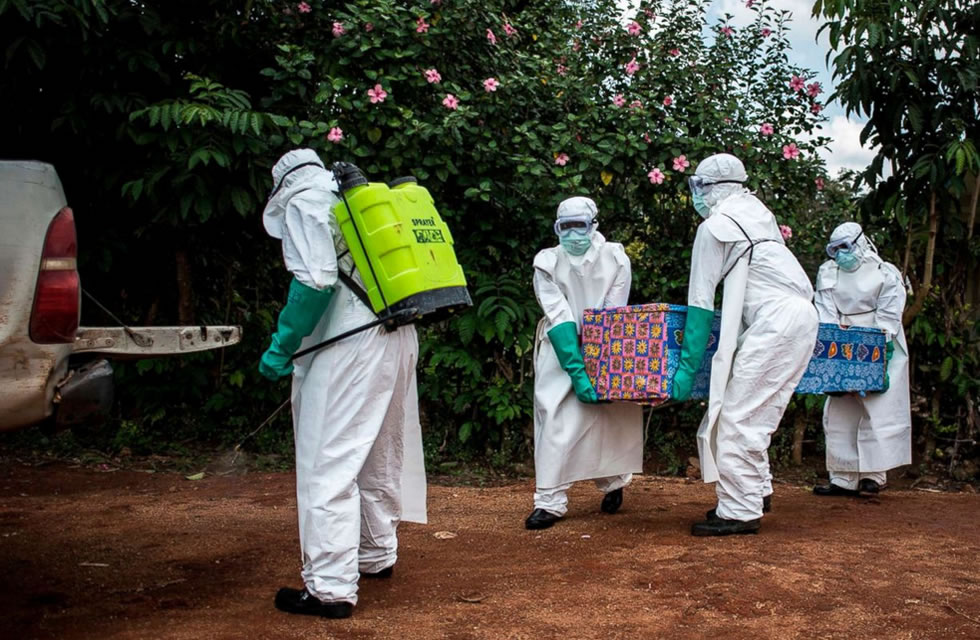The Ebola outbreak in the Democratic Republic of the Congo (DRC) grew by 8 cases today, putting the total number of victims at 1,100.
In research developments, new findings from Guinea’s outbreak shed light on the role of Ebola treatment units in preventing secondary spread. In addition, another research team described how blood from vaccine trial participants might lead to new antibody treatments. The new DRC cases are reflected in the World Health Organization (WHO) online Ebola dashboard, which notes that 277 suspected cases are still under investigation. The number of deaths held steady, at 683.
Treatment units tied to fewer infections
To help sift out which risk factors are linked to secondary Ebola spread, a research team from the London School of Hygiene and Tropical Medicine and their collaborators in Guinea analyzed 860 cases in 129 transmission during the last half of Guinea’s Ebola outbreak. They described their findings today in an early online edition of the American Journal of Epidemiology.
Ring vaccination was under way during the trial, and, to adjust for it as a confounder, the investigators removed participants from the study analysis.
Focusing on characteristics that led to secondary transmission, they found that admission to an Ebola treatment unit was associated with a 38% decrease in secondary cases in people who did not survive their infections. Another key factor was unsafe burial, which was associated with a nearly doubled transmission rate.
Similar to the results of earlier studies, most cases didn’t involve secondary transmission, and a small number of cases were linked to many transmission events. When the researchers analyzed the patterns further, they found that the first generation of each transmission chain was linked to a higher number of secondary cases than those for later chains.
Children and young adults had lower onward transmission, and older adults were more likely to spark numerous secondary cases, perhaps owing to behavioral differences in caring roles, the group wrote.
Three quarters of transmission involved households, with the researchers noting that studies from earlier in the epidemic found higher contributions from funeral and nosocomial transmission.
Analyzing transmission patterns provides key insights and helps guide the public health response, the team concluded. “Recent outbreaks in the Democratic Republic of the Congo indicate the vital importance of epidemiologically-informed control measures in the control of Ebola,” they added.
Monoclonal antibodies from vaccinated people
Vaccine trials may provide an opportunity to isolate antibody therapies for Ebola and other diseases, a research team based in the United Kingdom reported yesterday in Cell Reports.
First, the scientists examined monoclonal antibodies (mAbs) isolated from the blood of volunteers who were vaccinated with ChAd3, a modified adenovirus vaccine developed by GlaxoSmithKline and the National Institute of Allergy and Infectious Diseases, boosted with modified vaccinia virus Ankara.
From 11 vaccinated donors, the researchers isolated 82 antibodies with capacity to bind the Ebola virus glycoprotein, 20 of which showed some level of cross-reactive binding to glycoproteins in Bundibugyo and Sudan Ebola species.
They then tested a cross-reactive cocktail of four antibodies in guinea pigs experimentally infected with Ebola, administering the treatment on day 3 of infection, which resulted in complete protection.
The authors concluded that an Ebola vaccine trial provides a valuable opportunity to isolate human mAbs with therapy potential. “We suggest that isolation of mAbs should accompany all experimental vaccine trials for emerging pathogens, for which specific therapies are lacking,” they wrote. (Source, WHO)





